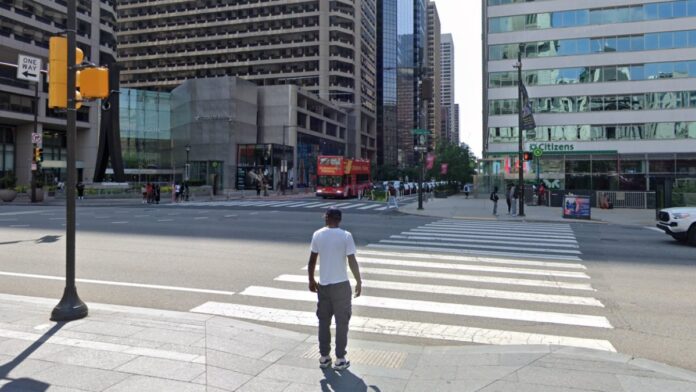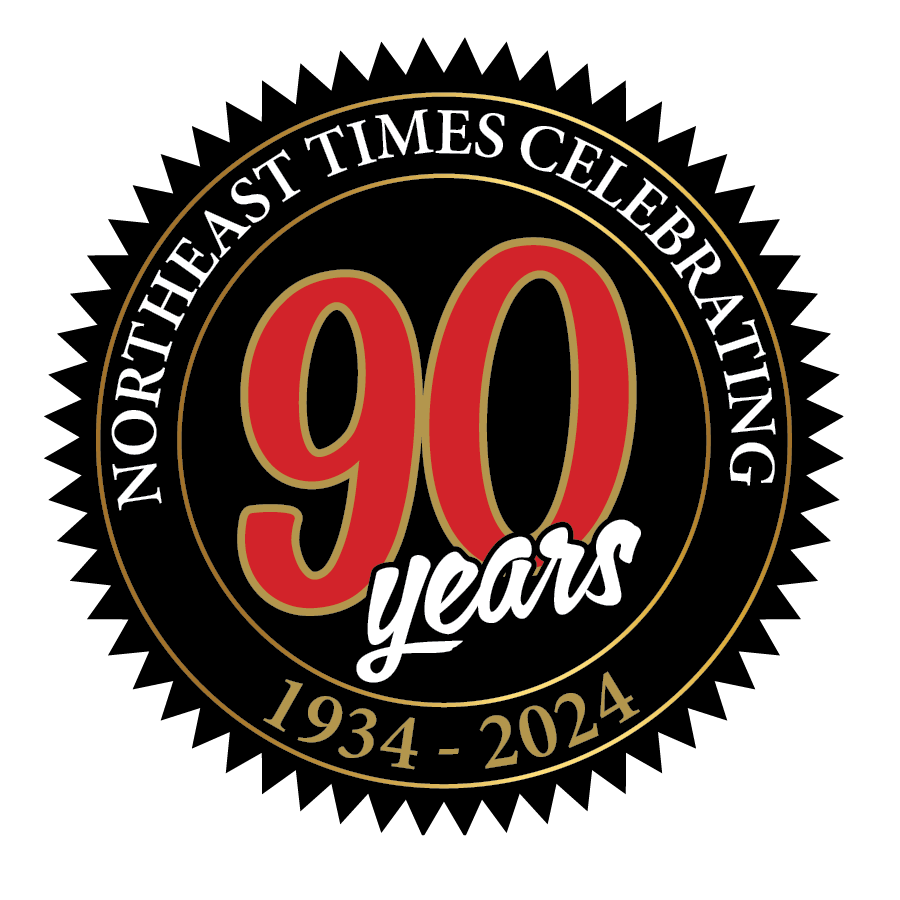Philadelphia’s population increased by 10,500 people between 2023 and 2024, according to recent U.S. Census data.
This is the first time in four years that the city gained residents, following a period of steady population loss that began in 2020 during the COVID-19 pandemic. At that time, the city had 1.6 million residents. Now, the population has risen to 1.57 million.
This change is mainly due to international migration. Between 2023 and 2024, over 21,300 people born outside the United States moved into Philadelphia, while 15,300 U.S.-born residents moved out.
Additionally, the city recorded more births than deaths: 18,700 babies were born, while 14,100 people died. These two factors—immigration and natural increase—together explain how the city reversed its population decline.
To understand the context, it helps to look at recent trends. Between 2022 and 2023, Philadelphia lost about 7,200 residents. However, this recent growth shows a shift.
According to Emilio Parrado, a sociology professor at the University of Pennsylvania, the city lost population for many years but started to grow again in the 1990s and 2000s due to immigration. The pandemic caused that growth to stop, but now it has resumed.
When looking at immigration in detail, the Census data includes people born in Puerto Rico as foreign-born residents, even though they are U.S. citizens.
Between 2000 and 2022, Philadelphia’s Latino population grew from 130,000 to 252,000. About 40% of this increase came from people who moved from Latin America, especially from the Dominican Republic, Mexico, Guatemala, and Colombia.
Currently, 15.7% of Philadelphia residents were born outside the United States, the highest percentage in about 80 years. Immigrants tend to move into areas where they can find people who speak their language, familiar food and customs, and affordable housing.
Long-standing immigrant areas include Chinatown, the South 9th Street Italian Market, and Northeast Philadelphia. In recent years, Southwest Philadelphia has also become a main destination for new immigrants.
Specific numbers show the largest foreign-born groups in Philadelphia between 2018 and 2022. About 24,400 residents were born in China, not counting Hong Kong or Taiwan. The second-largest group was from the Dominican Republic, with 22,800 people.
Other major groups include 12,500 from India, 12,100 from Vietnam, 9,300 from Jamaica, 7,800 from Mexico, 6,900 from Haiti, 6,500 from Ukraine, and 5,700 each from Brazil and Cambodia.
These groups are spread across different neighborhoods. For example, many Cambodians live in Olney, where they formed a community after fleeing war in Southeast Asia during the late 1970s. This area now includes Cambodian-run businesses, places of worship, and cultural events like the Southeast Asian Market in FDR Park.
Vietnamese immigrants are concentrated in Juniata and Lawndale. Chinese immigrants live mostly in the Lower Northeast, even though Chinatown remains an important cultural center. Immigrants from India, Bangladesh, and Pakistan live mainly in the Far Northeast.
Caribbean immigrants—especially from the Dominican Republic, Jamaica, and Haiti—make up 56% of immigrants from Latin America and the Caribbean. They live mostly in Northeast and Southwest Philadelphia.
Immigrants from Brazil and Colombia live mainly in the Far Northeast and parts of Center City. Meanwhile, those from Mexico and Guatemala are settled largely in South Philadelphia and parts of the Northeast.
African immigrants are fewer in number but concentrated in key areas and are active in business. Most come from Liberia, Nigeria, and other West African countries and live in Southwest Philadelphia.
Some groups are working to build a complex known as “Africatown.” Immigrants from Egypt and Morocco live mainly in the Northeast, while those from Cameroon and other Central African countries live in West Philadelphia.
Today, European immigrants are mainly from Eastern Europe, including people from Ukraine and Albania. Their communities are concentrated in Rhawnhurst and Bells Corner in Northeast Philadelphia.
In the past, most immigrants to the city came from Western Europe, especially Ireland, Italy, and Germany.
Many immigrants have limited English skills. The city provides about 106,400 translations or interpretations each year to help people access public services. Some groups report especially low English proficiency.
For example, 42% of Guatemalans and 33% of Brazilians said they do not speak English well. Among Guatemalans, 27% reported not speaking English at all. The same is true for 30% of Colombians and 26% of Dominicans.
Two neighborhoods show how immigration has shaped Philadelphia’s growth. Mayfair, in the 19149 ZIP code of Northeast Philadelphia, has about 44,000 residents. Of those, 27.3% are foreign-born. The immigrant population there grew by 62% from 2013–2017 to 2018–2022. The neighborhood’s population rose 11%, while the U.S.-born population fell 8.1%.
The main immigrant groups in Mayfair are from China, the Dominican Republic, Brazil, Venezuela, and Vietnam. Also, 30.8% of residents there report speaking English less than very well, mostly in Chinese, Spanish, and Portuguese.
In Paschall-Elmwood, located in the 19142 ZIP code of Southwest Philadelphia, about 34,000 people live there, with 24.9% being foreign-born. The immigrant population rose 48% over five years, and more than 8,500 residents are now foreign-born.
About 66% of the immigrants in this neighborhood are from Africa. The main countries of origin are Liberia, Vietnam, Sierra Leone, Ethiopia, and Honduras. In this neighborhood, 14.9% of all residents speak English less than very well, but among foreign-born residents, that figure rises to 47.6%.
Recently, immigration enforcement increased in Philadelphia. On February 27, 2025, ICE agents arrested four Brazilian nationals at Jumbo Meat Market on Castor Avenue in Rhawnhurst.
ICE said the four had no legal status or had violated visa terms. The market later posted on Instagram, in Portuguese, that the employees were taken for “verification” and said it was providing legal help.
This is one example of what’s been going on during President Trump’s second term. His first signed law was the Laken Riley Act, which expanded the federal government’s power to detain people in the U.S. illegally, even if they only face allegations or pending charges. Immigration lawyer Derek DeCosmo explained that under this law, judges cannot review detention in such cases.
ICE has made other arrests nearby. In Haddon Township, New Jersey, ICE arrested the owners of Jersey Kebab, a husband and wife. The husband, Celal Emanet, was released, but his wife remains detained.
ICE also arrested three people in Chester County accused of living in the U.S. illegally. In January, ICE raided a North Philadelphia car wash, detaining workers who had been there for 15 years. The owner claimed ICE showed no warrant.
Even though these things are happening, immigrants are still helping Philadelphia grow. Their help shows in the number of people, the way neighborhoods look, and the different cultures in the city.





